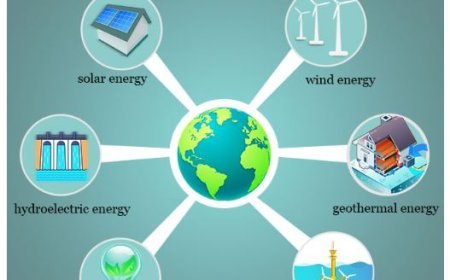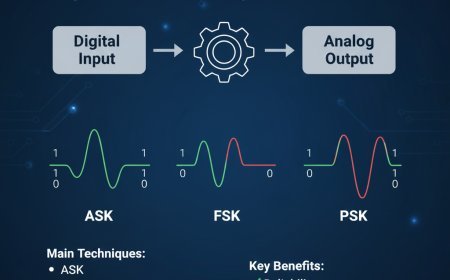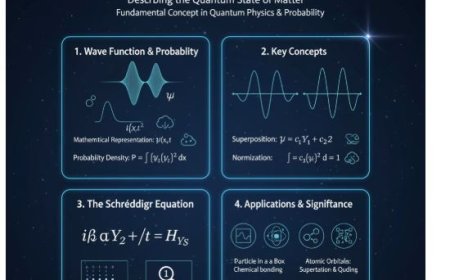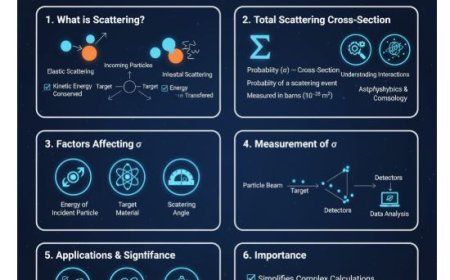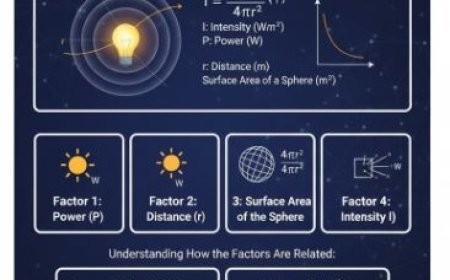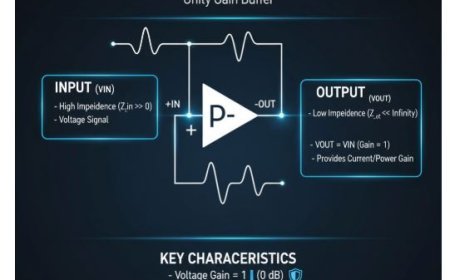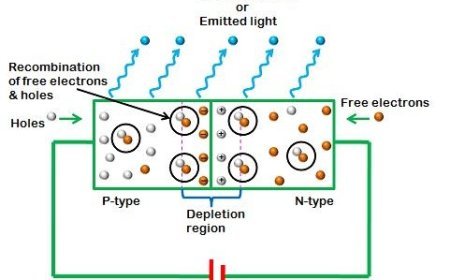Gas-Filled Detectors and Their Role in Detecting Ionizing Radiation
Explore how gas-filled detectors like ionization chambers and Geiger-Müller counters detect ionizing radiation through gas ionization and charge collection.
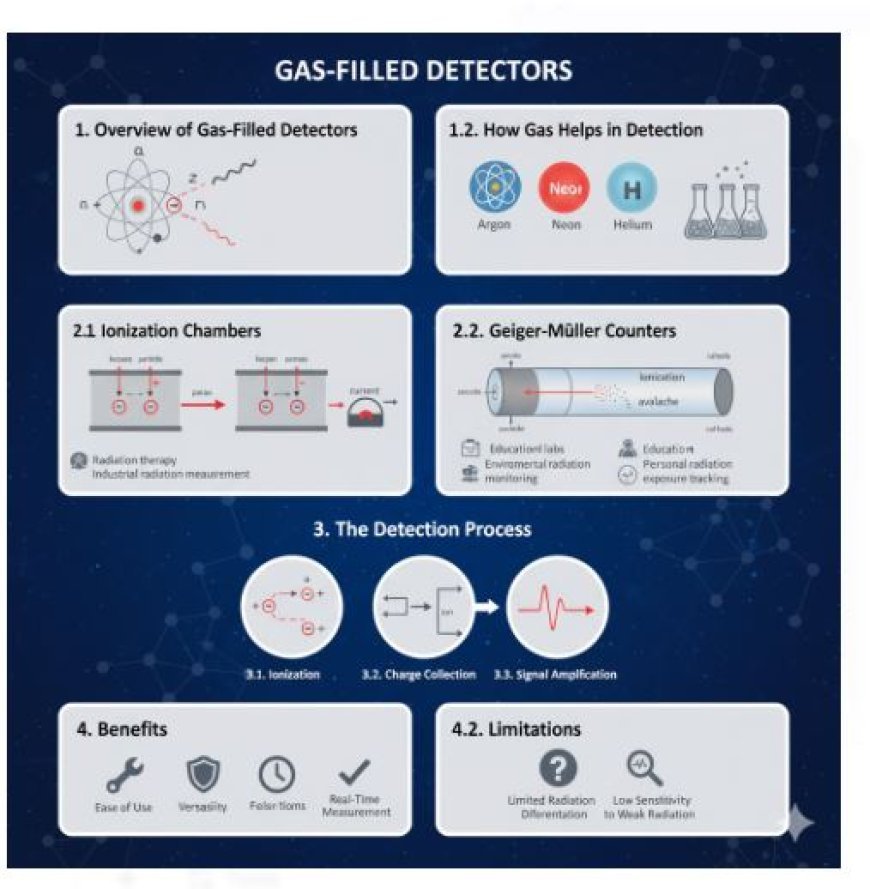
Gas-Filled Detectors
Gas-filled detectors are important tools in particle physics and radiation measurement. They help students understand how matter interacts with radiation.
1. Overview of Gas-Filled Detectors
Gas-filled detectors are devices that measure radioactive radiation using gas. When ionizing radiation passes through these gases, it ionizes gas molecules, allowing the detection and measurement of radiation levels.
1.1. Ionizing Radiation
Ionizing radiation consists of particles or electromagnetic waves that have enough energy to remove tightly bound electrons from atoms, causing ionization. Examples include:
- Alpha particles
- Beta particles
- Gamma rays
1.2. How Gas Helps in Detection
The gases used in these devices are typically noble gases, such as:
- Argon
- Neon
- Helium
- Gas mixtures
The choice of gas affects the sensitivity, energy resolution, and overall performance of the detector.
2. Types of Gas-Filled Detectors
Gas-filled detectors come in different types, each designed for specific applications. The two most popular types are:
2.1. Ionization Chambers
Ionization chambers are devices used to measure ionizing radiation. They detect charged particles produced when radiation interacts with gas inside the chamber.
2.1.1. Working Principle
- An ionization chamber consists of two electrodes (anode and cathode) inside a gas-filled container.
- When ionizing radiation passes through the gas, it creates free electrons and positive ions.
- The electric potential difference between the plates causes these charged particles to move, generating a measurable current.
2.1.2. Uses
Ionization chambers are commonly used in:
- Radiation therapy
- Industrial radiation measurement
2.2. Geiger-Müller Counters
Geiger-Müller (GM) counters are devices used to detect and measure radiation. They can sense radiation types such as:
- Alpha particles
- Beta particles
- Gamma rays
2.2.1. Working Principle
- The GM counter consists of a gas-filled tube with an anode wire at the center.
- When radiation enters the tube, it ionizes gas molecules, creating an ionization avalanche.
- This results in a current pulse that can be counted, providing radiation intensity details.
2.2.2. Uses
Geiger-Müller counters are widely used in:
- Educational labs
- Environmental radiation monitoring
- Personal radiation exposure tracking
3. The Detection Process
3.1. Ionization
When ionizing radiation interacts with gas molecules, it transfers energy, leading to the creation of:
- Positive ions
- Free electrons
3.2. Charge Collection
- The electric field in the detector directs electrons to the anode and positive ions to the cathode.
- This movement produces a current, allowing the detection of radiation.
3.3. Signal Amplification
- The current generated during ionization is small, so it is amplified for more accurate measurements.
4. Benefits and Drawbacks
4.1. Benefits
- Ease of Use: Gas-filled detectors are simple to construct and operate, making them ideal for educational purposes.
- Versatility: They can detect various radiation types, including alpha particles and gamma rays.
- Real-Time Measurement: Devices like GM counters provide instant radiation readings.
4.2. Limitations
- Limited Radiation Differentiation: Gas-filled detectors may struggle to distinguish between radiation types or measure their exact energies.
- Low Sensitivity to Weak Radiation: Some detectors may fail to detect very low radiation levels.
What's Your Reaction?









